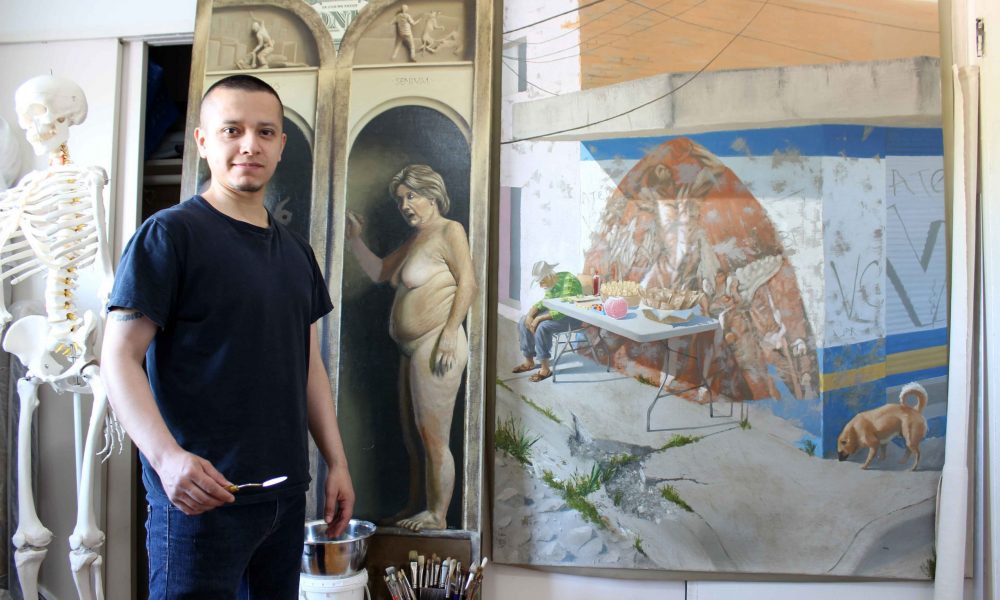

Today we’d like to introduce you to Juan Pablo Ruiz.
Every artist has a unique story. Can you briefly walk us through yours?
I came to the US from Guadalajara, Mexico with my mother and sister in 1989. I went to Lane Tech for a brief period but mostly attended Lincoln Park High School. My senior year I was one of several Chicago Public Schools students throughout the city that were invited to attend Gallery 37’s brand new Randolph building. I think this is now called the CPS Advanced Arts Program at the Gallery 37 Center for the Arts. But back in 1999 we simply knew it as Gallery 37. There, I took an AP class with Miriam Socoloff who was a very sweet and encouraging teacher. She loved the arts and students even more. I credit her and her AP class at Gallery 37 for pushing me to attend college. This was the first class where I was given a piece of charcoal and asked to draw from a model (fully clothed, of course). It was also the first time I put oil paint to canvas. I was taught about how to measure proportions and to take note of the effects of light and color on my subject.
Eventually, I graduated high school and attended Illinois State University as an art major. There was one particular instructor at ISU that I will always remember. I was considered advanced for a freshman so I was put in several upper level classes by the department advisor. From day one this instructor seemed to have some sort of resentment about the fact that a freshman was enrolled in her drawing class. She would always put me on the spot during class critiques and say things like “this is not high school, we don’t do things that way here.” I dreaded going to her class. I lost interest and started missing classes. Eventually, I dropped out thinking that I wanted to save my mom the money she was spending on my room and board.
After a few years out of school I came back to Chicago and enrolled at Northeastern Illinois University as a History Major and Political Science minor. I credit these studies with forming my current worldview. My experience at NEIU was wonderful. I liked the diversity and it was evident that the faculty truly loved their students. After graduating I wasn’t sure what I wanted to do so after 9 years of not doing any art I decided to enroll in a couple of Art classes at NEIU – just for fun. Eventually I decided to pursue a 2nd bachelors at NEIU. After graduating, I took 3 years off from school but eventually decided to get my MFA.
I was accepted to several schools throughout the country but in the end, I decided to attend the Pennsylvania Academy of the Fine Arts. I wanted to be part of an American institution – the first art school and art museum in the United States. The home of artists and teachers like Charles Willson Peale, Thomas Eakins, Mary Cassatt, Robert Henri, Maxfield Parrish and many others. And the home of one of the greatest collections of American art. Attending PAFA was one of my greatest experiences – and one which could not have happened without the support of my mother, who has always been my number one supporter and fan.
Please tell us about your art.
Everyone knows me as a painter but I actually consider myself primarily a draftsman, and a painter second. What I always say to anyone who wants to learn how to paint is that drawing does the heavy lifting in any painting. Even the most abstract painting, sculpture, or installation relies primarily on an awareness (even if subconscious) of composition and shape, which are governing principles of drawing. I consider Baroque paintings to be my greatest influence but of course I look to anything and everything from cave paintings to contemporary art and film for inspiration and knowledge. There are a number of different terms people might use to describe my paintings: realistic, naturalistic, figurative, surreal, Academic (which is such a misunderstood word even among artists); but I prefer the terms “narrative” and “representational”.
The first thing in my mind when I think of my next painting is what story I want to tell. The power of Painting for me lies in how it adds to the human narrative – the saga of our species’ existence. The purpose and practice of Painting today is basically unchanged from that of our cave-dwelling ancestors. And these narratives can be created with a wide range of visual languages and vocabulary. The vocabulary I happen to use in my paintings is “representational”. This simply means that the shapes I put together on canvas or paper are descriptive of recognizable objects even they don’t exist in the real world. They represent both the real and the imagined – objects, figures, situations. And these all come together to create a narrative.
Over the last 5 years my paintings have moved from somewhat surreal imagery to scenes that are more autobiographical or allegories of issues that are important to me like politics and violence in the world. For the time being I think I’ll continue to refine both my technical and narrative vocabulary surrounding these issues – although I also don’t want to become a one trick pony. I want my art and paintings to evolve as I learn and develop a deeper understanding of the world around me. Sometimes it may be a traditional nude, sometimes a political allegory, and sometimes a personal narrative. My main goal is ultimately to continue to understand the medium of oil painting and drawing.
As an artist, how do you define success and what quality or characteristic do you feel is essential to success as an artist?
I think many artists that achieve success early on succumb to the lure of “what sells”. They continue to pump out paintings that all look the same because it’s what a commercial art world asks of them or simply because it becomes easy. I don’t think success can be measured in terms of sales or the amount of gallery shows on a résumé. I think success as an Artist with a capital “A” is defined by staying true to a personal vision.
I also place a high value on teaching. Many artists today try to monetize their knowledge. And I get it, a great majority of artists have to supplement their sales with other sources of income. But I’ve also seen many artists who will direct people to buy their DVDs when asked for help from an eager young artist and I think that is wrong. I think an artist has to be generous with what he or she knows about his craft.
I think part of success is also longevity. Not in terms of sales or popularity but in terms of continuing to feel excited at the prospect of learning and making art as time passes. One artist that I always think about, the current living artist that superstar painters want to be like when they grow up, is the Spanish painter Antonio López García. His career has spanned over half a century and his subjects, medium, and style have changed and evolved in many different directions over the years. When I think about where I want to be years from now I always think about him. When I’m working on a painting and I get frustrated because something’s not working I think about how he’s been at it for decades and I realize that I have many years of learning and making art ahead of me. If I can look back 40 years from now and feel that I’ve stayed true to my personal vision and I’ve allowed myself to keep learning then I will feel successful.
How or where can people see your work? How can people support your work?
2018 started busy for me, with 3 shows earlier in the year. I’m always updating my website, Facebook Art page, and Instagram with exhibition dates and other information so if anyone is interested they can check there. The best way to show support is to attend my openings, purchase original artwork, or place commissions by contacting me through email, phone, or any of the three sites listed.
Contact Info:
- Address: 60645
- Website: www.jpabloruiz.com
- Phone: 773-259-5793
- Email: jpabloruiz@live.com
- Instagram: https://www.instagram.com/jpabloruiz82/
- Facebook: https://www.facebook.com/jpabloruizart/

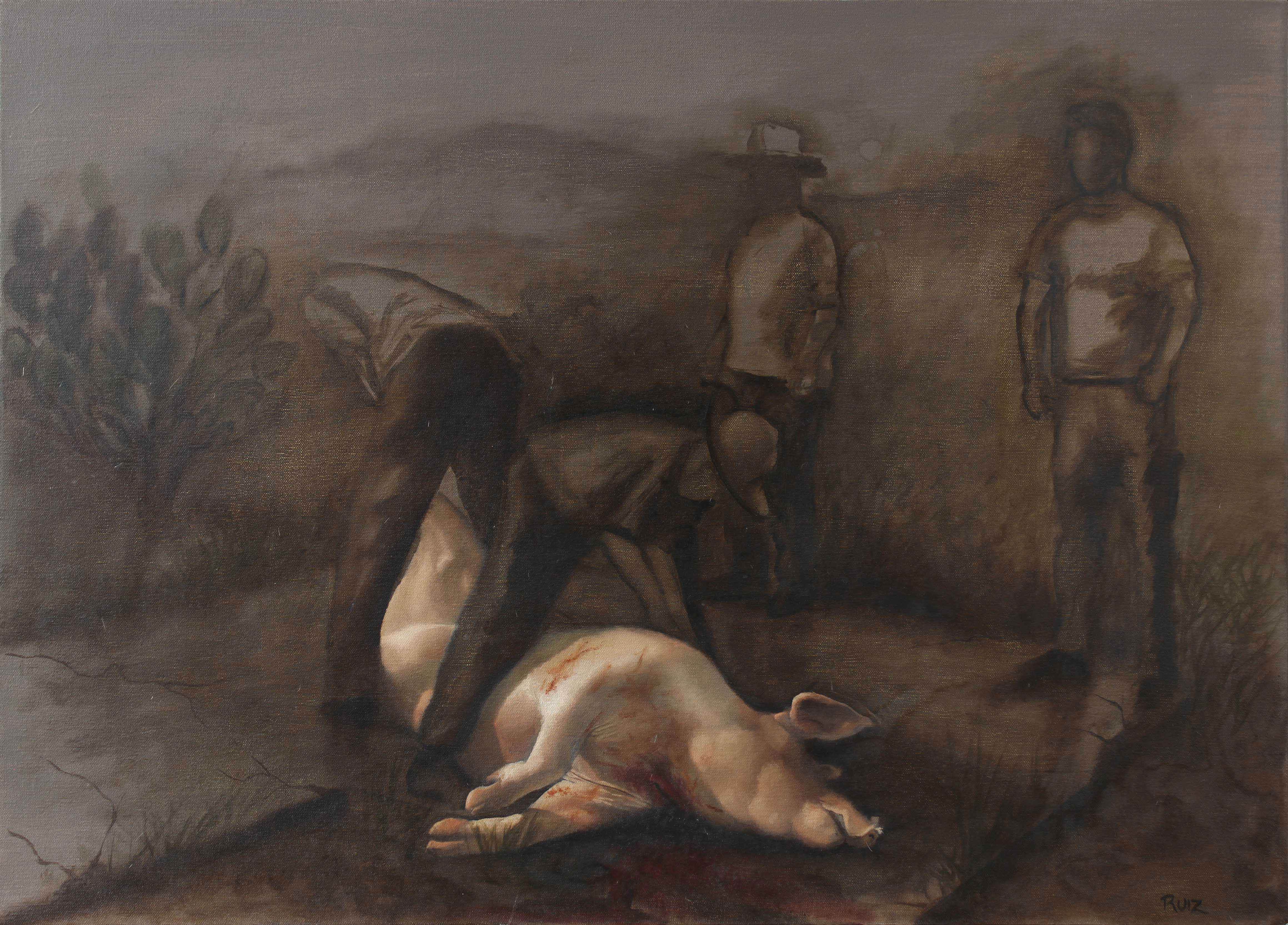
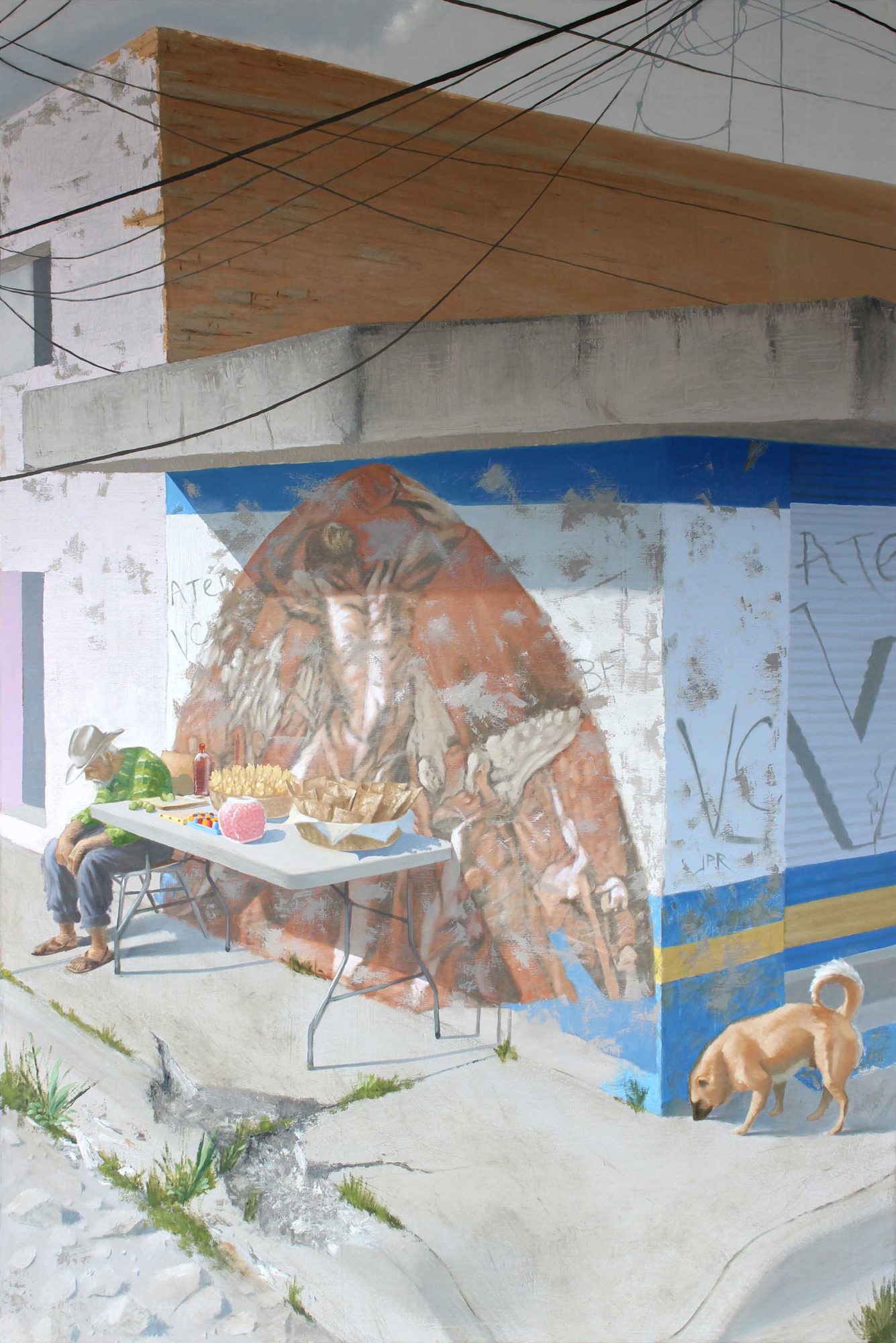
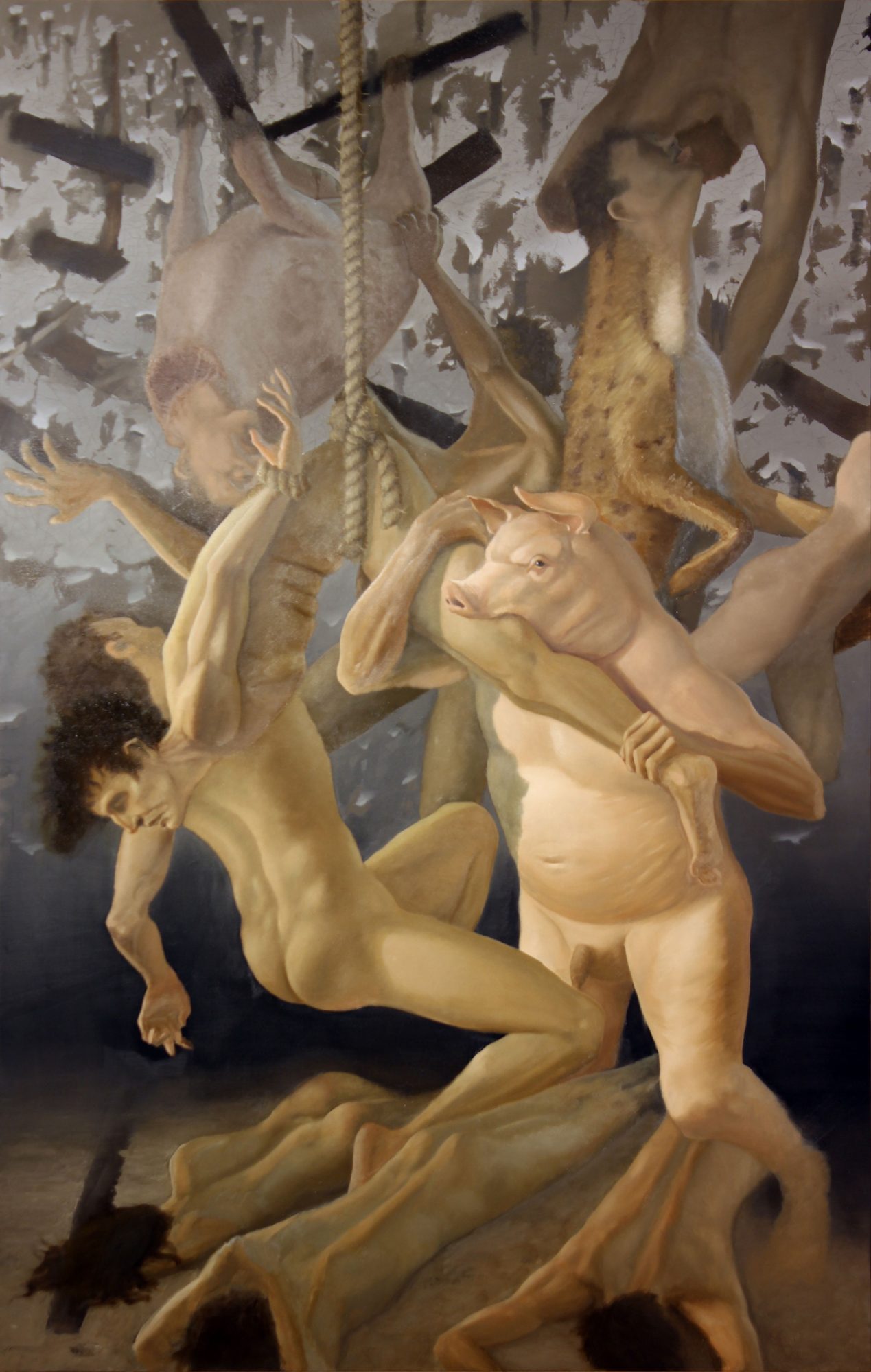


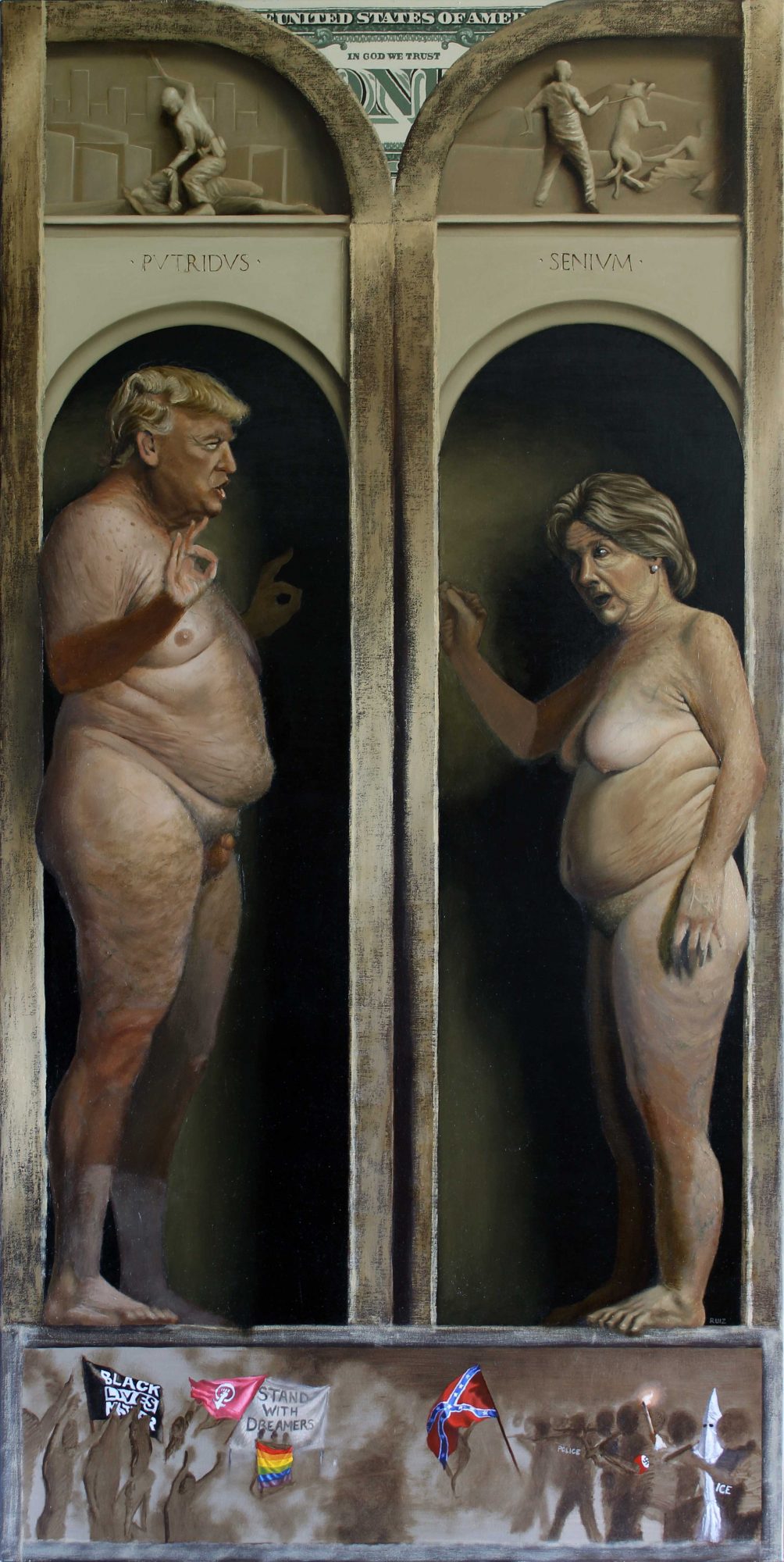
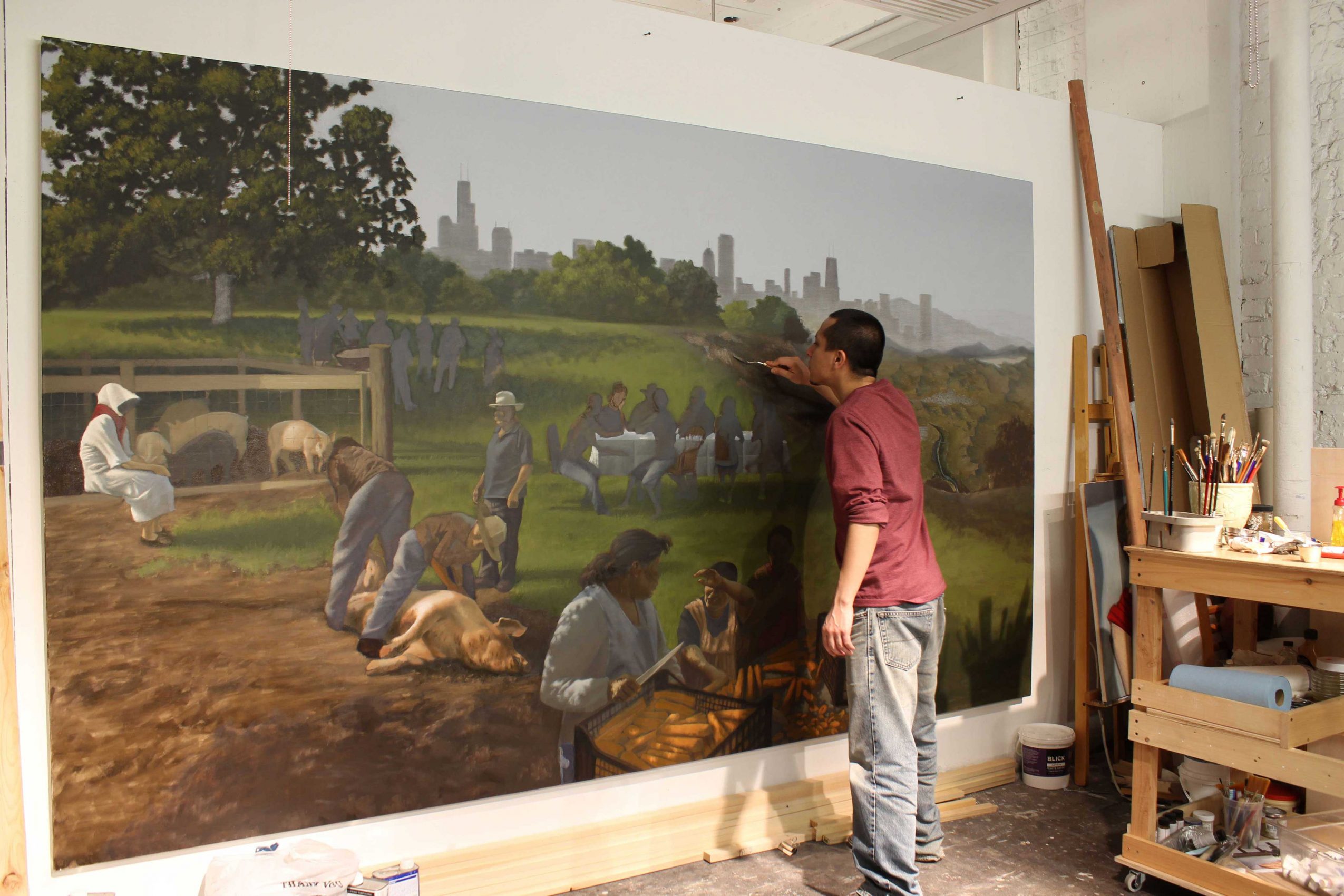 Image Credit:
Image Credit:
Juan Pablo Ruiz
Getting in touch: VoyageChicago is built on recommendations from the community; it’s how we uncover hidden gems, so if you know someone who deserves recognition please let us know here.
















